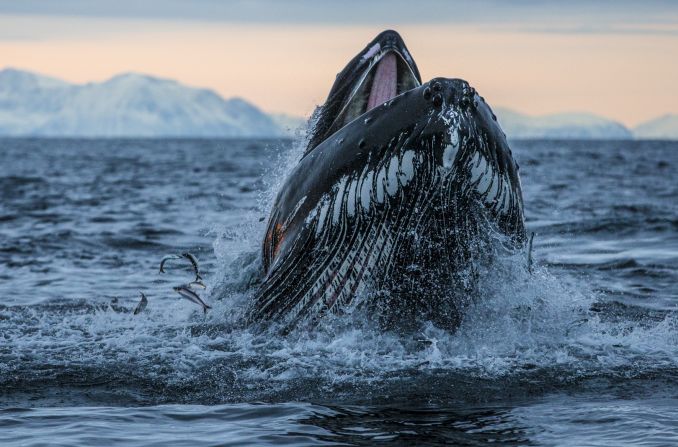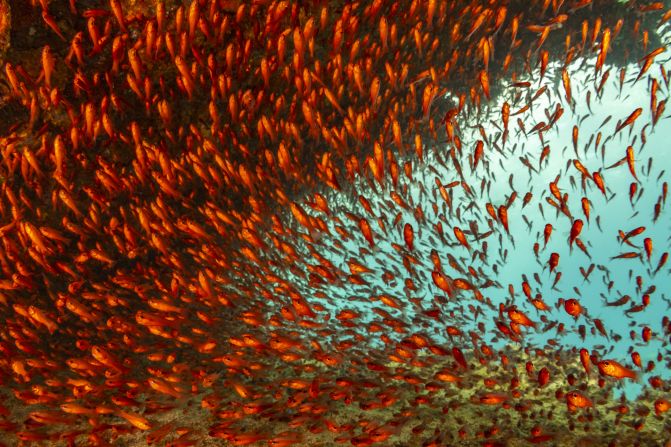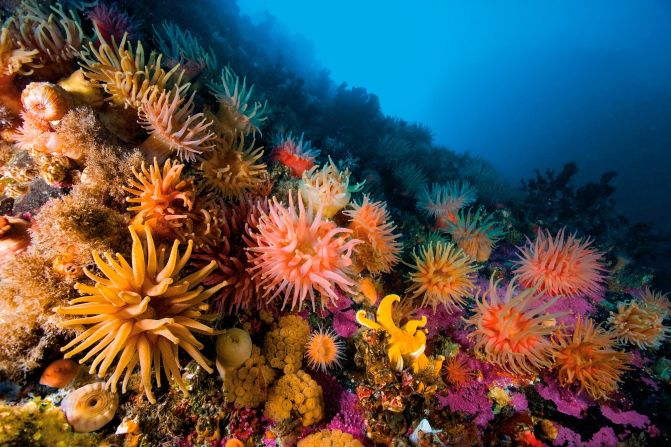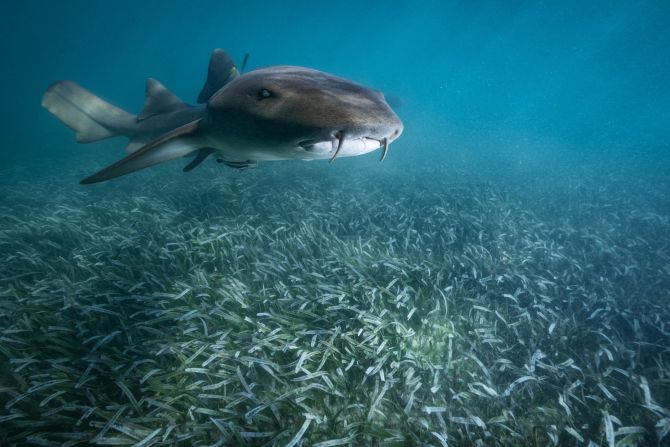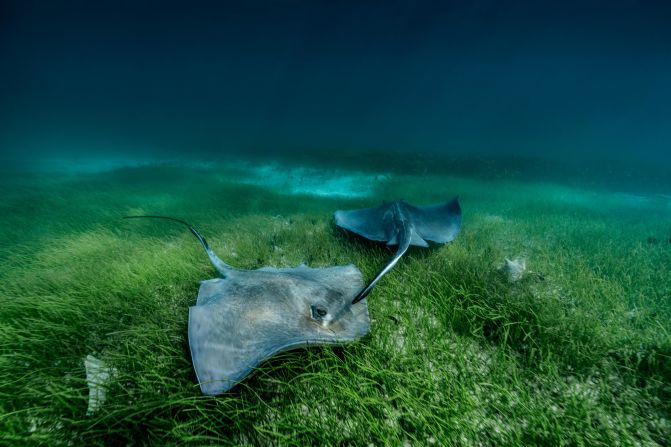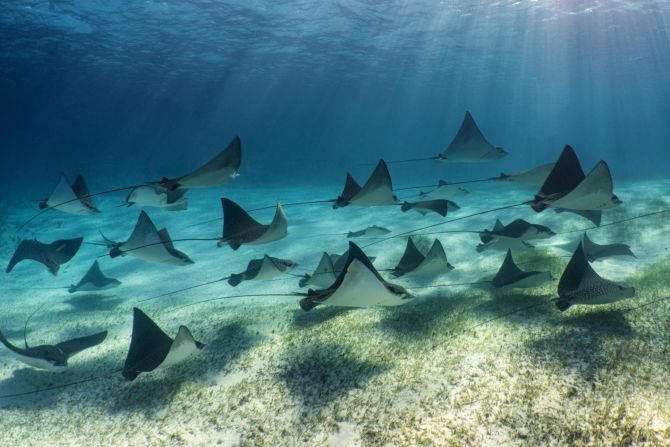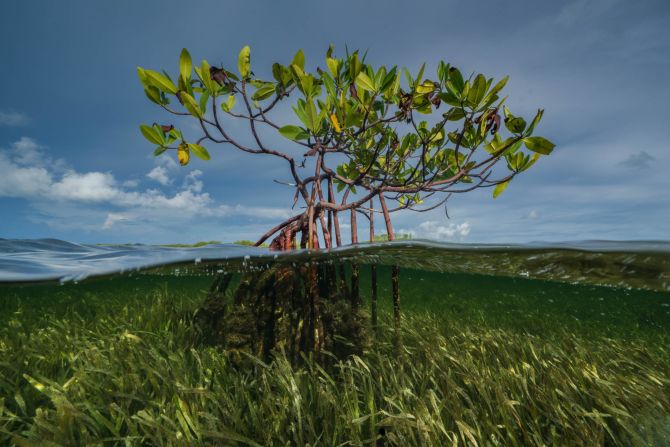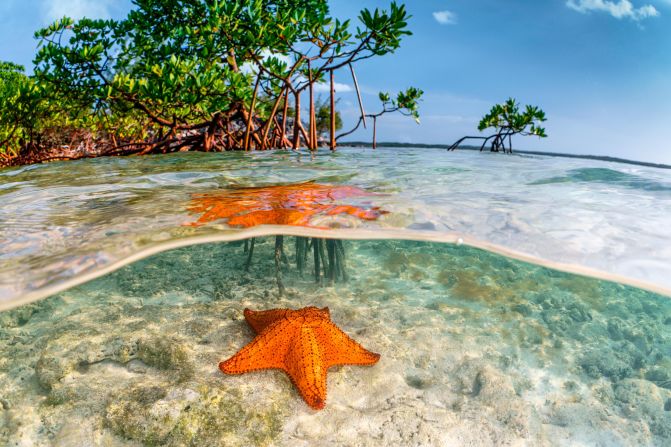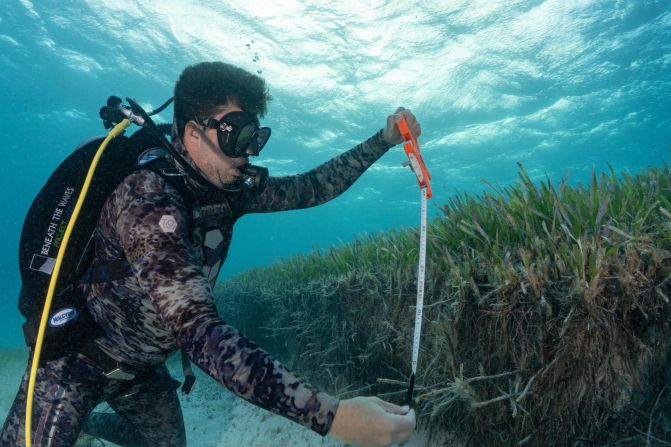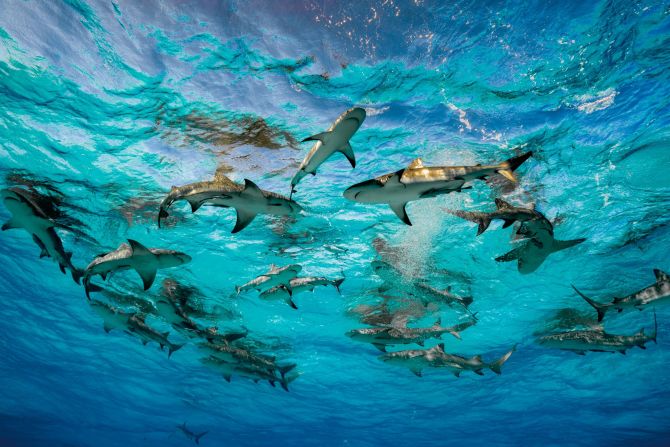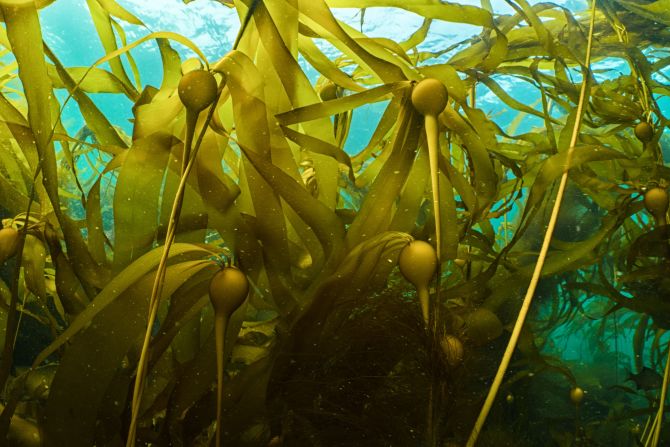Editor’s Note: Cristina Mittermeier and Paul Nicklen are marine biologists, award-winning conservation photographers, speakers and co-founders of SeaLegacy, a global marketing, education and communication agency for the ocean. Founded and led by a team of world class filmmakers, conservationists and photographers, SeaLegacy uses strategic communications at the intersection of art, science, and conservation to protect and rewild the ocean for the benefit of biodiversity, humanity, and climate.
Even as climate change is killing our seas, making them warmer and more acidic, we find hope that the ocean is increasingly being positioned not just as a victim of climate change, but rather, a solution.
Because it covers 70% of the Earth’s surface, the ocean is crucial in capturing carbon dioxide from the atmosphere. Recent scientific discoveries have found that marine ecosystems are far more efficient at sequestering and holding carbon than land-based plants or trees, trapping and storing carbon for thousands, if not millions, of years. The carbon captured by these ecosystems is often referred to as “blue carbon.”
Our work as nature scientists and wildlife photographers, as well as our tenures as assignment photographers for National Geographic and as founders of the ocean conservation organization SeaLegacy, has given us a first-hand perspective of humanity’s adverse effects on the oceans. This vantage point also gives us access to some of the world’s leading scientists, political leaders and economists, who agree that the ocean has a significant role in mitigating and solving the climate crisis. Their knowledge and perspective can only fill us with optimism.
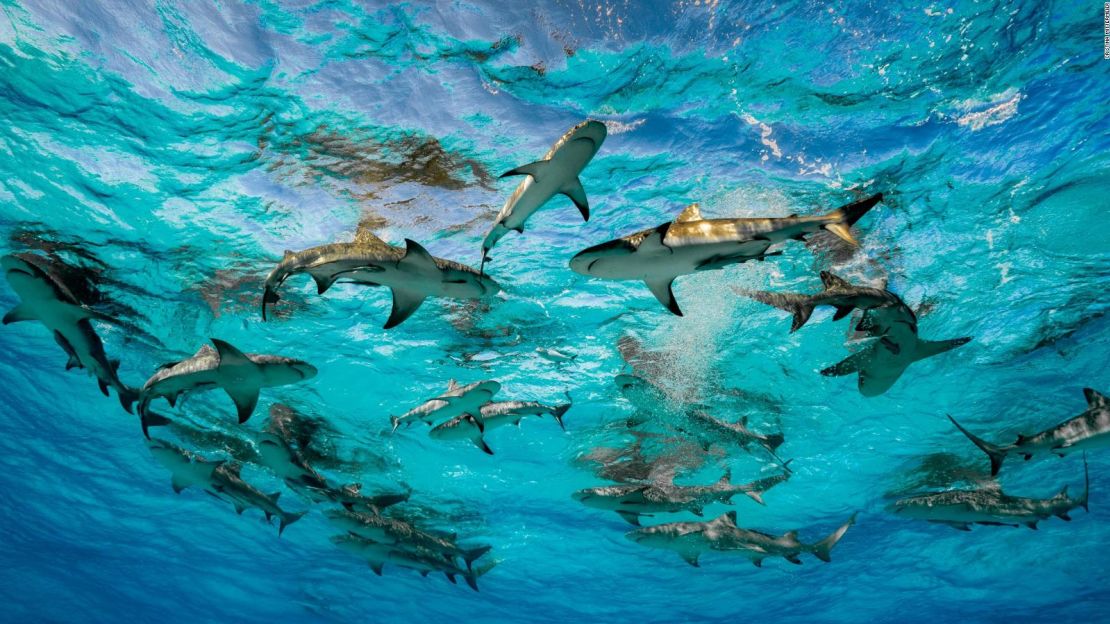
Through its protective role, the ocean absorbs 25% of the CO2 humanity has released into the atmosphere and 93% of the excess heat trapped in the biosphere. But a healthy ocean can do so much more.
Read: Noise pollution is killing whales, but this technology could help
A year ago, we came across the work of Dr Carlos Duarte, who is on the leading edge of blue natural solutions, deciphering the unique power of marine ecosystems, including seagrass meadows and kelp forests, to decarbonize the atmosphere. His work shows that the ocean holds 16 times more carbon than the terrestrial biosphere.
The sea cannot, however, continue to carry on this planet-saving activity unless it is healthy. Along with a team of some of the best ocean scientists, in an article published in the journal Nature Dr Duarte has given us an achievable set of actions that can restore health and abundance to the ocean so that we may achieve the decarbonization of the planet.
They urgently recommend that we protect at least 30% of the sea by 2030. That means setting up large ocean areas where extractive activities like fishing and mining are banned. We must rethink the extraction of fish biomass from the sea through industrial fishing and find new, sustainable paths for it. We must also invest in advancing our capacity to restore degraded ecosystems like mangroves and coral reefs and stem the flow of pollution entering the sea.
Finally, the most exciting recommendation is that we must take advantage of the ocean as a solution to climate change.
Carbon credits
Leveraging Duarte’s findings requires rapid and bold action, but it does not mean we must sacrifice our economic futures. In addition to being one of the most potent carbon sinks, a healthy sea can provide sustainable economic abundance across generations of a wide range of stakeholders.
At the cornerstone of this economic opportunity are blue carbon credits. Businesses and individuals can offset their emissions by purchasing carbon credits issued against the protection of ocean carbon sinks.
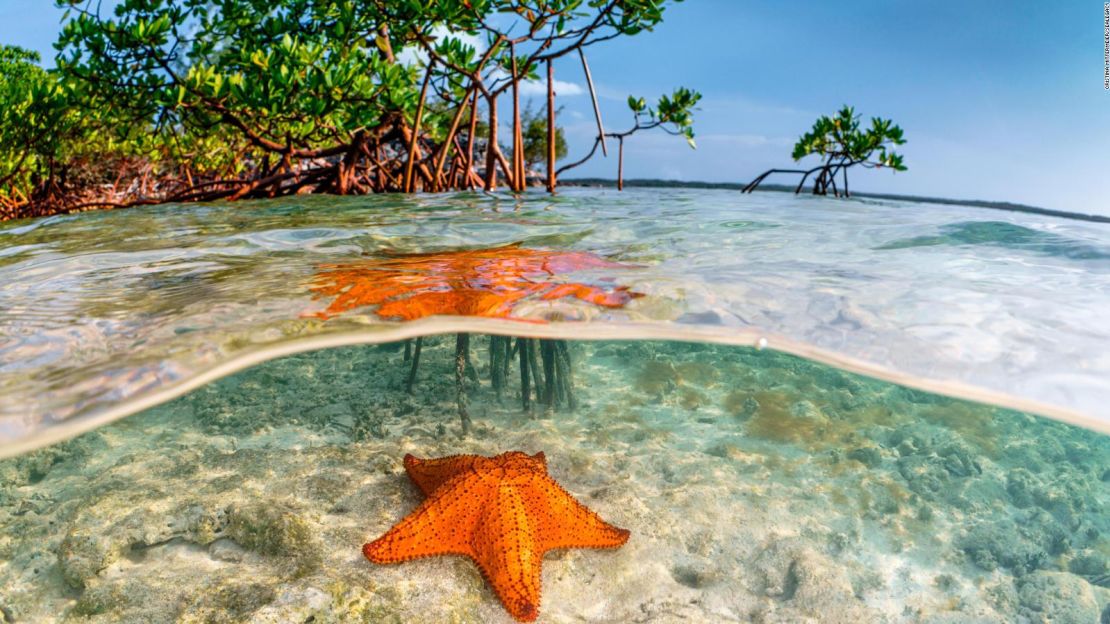
The World Economic Forum says that global demand for carbon credits is projected to increase 15-fold by 2030 and be worth up to $50 billion by 2030, and that blue carbon will make up a significant portion of that.
This is great news for countries that hold blue carbon. In 2020, SeaLegacy’s partner scientists at the conservation non-profit Beneath the Waves, led by Dr Austin Gallagher, partnered with Dr Duarte to discover the largest seagrass meadow in the world in the Bahamas. Their latest research on the ecosystem was published this week in the journal Nature. At 92,000 square kilometers, this meadow alone can capture 3% of all global CO2 sequestered by the ocean.
Read: The woman saving seahorses from ‘annihilation fishing’
This shift in positioning the ocean as a natural solution to climate change rather than a victim is happening worldwide. The ocean is a precious global resource and embracing its full potential will require hard work and innovation. The reward may be incalculable for economic interests and the planet.
We find enormous hope in knowing that embracing and investing in natural solutions can genuinely solve our generation’s most challenging problems while rebuilding the depleted blue natural capital of our oceans.

